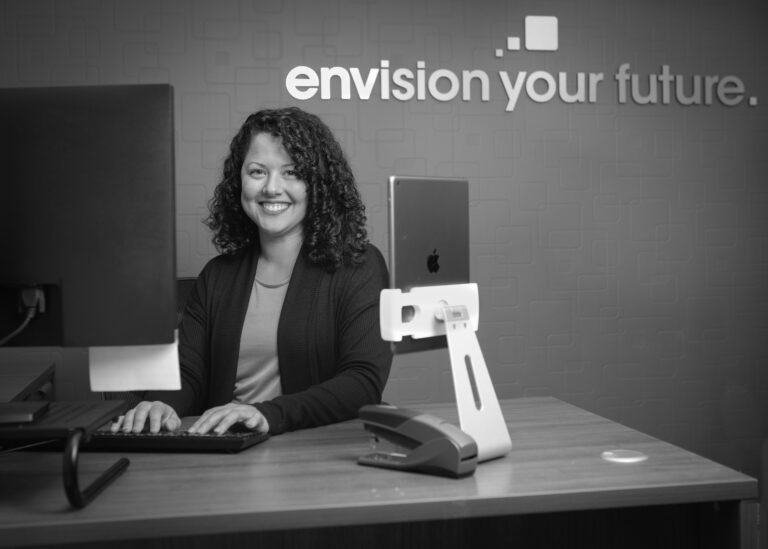The amount of financial aid your children qualify for is heavily dependent on both your assets and theirs. All students interested in financial aid for college must fill out a FAFSA form (Free Application for Federal Student Aid). Let’s take a look at the formula FAFSA uses to determine financial need and the part your family assets play in it.
Parental Assets
FAFSA expects parents to contribute toward their child’s cost of college. The amount they expect the family to contribute is called the Expected Family Contribution (EFC). If the cost of college is more than the EFC, the difference is the amount of the student’s financial need.
EFC is determined by assigning a percentage of the parental assets and student assets toward payment of annual college costs. Of course, they don’t expect parents to spend their entire life savings on college so parents are given an emergency reserve allowance that’s subtracted from their total asset value. After they factor in the emergency reserve allowance, the remainder is called the available asset value. From that amount, they can expect to see 5.6% assigned as family contribution each year.
Also included is the income of both parents (except certain family-owned business income). After allowances, 22 to 47 percent of their income is included in the total asset value, from which the before mentioned 5.6% would be assigned as the expected family contribution.
Certain parental assets are not counted by the FAFSA, including home equity, retirement assets, life insurance cash values, and non-qualified annuities.
Student Assets
All custodial accounts are considered the student’s personal assets when it comes to determining financial aid eligibility. The FAFSA formula attributes 20 to 25 percent of these assets to the EFC each year. Because of this, it may be a good idea to consider transferring UGMA/UTMA assets into a college plan owned by the parent so they can be treated like parental assets and only 5.64 percent is attributed to EFC.
A student’s income also counts toward their expected contribution. Generally, 50 percent of their net income (minus certain allowances) is included. Any savings they have is also included at 20 to 25 percent.
Students with Disabilities
Some students with disabilities find additional financial resources through their state’s Department of Vocational Rehab (VR) agency. While rules vary by state, some VR funds may be available based solely on the student’s resources without consideration for the parental resources. However, the parental resources must still be reported on the FAFSA form, even when the student expects VR financial support.
Even with all of these assets considered, a student may still qualify for financial aid, subsidized loans, and scholarships. That’s why it’s important to complete the FAFSA and look for other supplemental funding opportunities, even if you think your assets might push you over the limit.
This information is not intended to be a substitute for specific individualized tax, legal or estate planning advice. Although the information has been gathered from sources believed to be reliable, it cannot be guaranteed, and the accuracy of the information should be independently verified.





